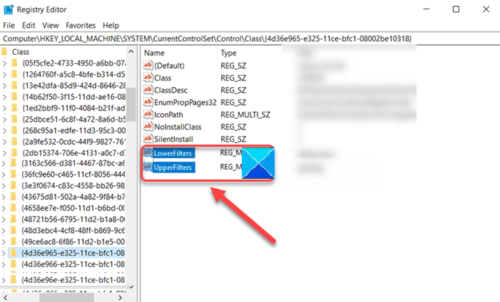

- #Securecrt script sample how to#
- #Securecrt script sample download#
- #Securecrt script sample windows#
My main python script is named launch_cfg.py. And I make rules for the config file according to SecureCRT screen object's API. I write the other [SecureCRT python script learning to record API they provide. I learn SecureCRT python script in detail.
#Securecrt script sample how to#
Therefore, I start to think how to make it better? Could I just run a python script and load those oneshot and periodic tasks from the other config file? And could I just select a proper config to launch from that script? I decide to make it by myself.

But, in my opinion, it is not only inconvenient but inefficient. And you can create plenty of buttons in the button bar to run those scripts. These oneshot or periodic tasks can be done by different python scripts. In the other scenario, we are going to do a burn-in test to check if a function works fine repeatedly like a rebooting test. These actions are **oneshot** and are launched again and again.
#Securecrt script sample download#
And then, I download it through TFTP from DUT to my server. For example, I often build a binary and scp it from a server to the other. In a scenario, when developing new functions in a firmware or a binary, there are plenty of duplicated actions to do. # tags: `development`, `python`, `SecureCRT`, `automated script execution` The %COMPUTERNAME% environment variable is used because my SecureCRT config folder is synced across my workstations/jumpboxes that all write to the same SessionLogs folder, which is also synced this separates the log files based on the computer I was connecting from.# Make SecureCRT scripts simpler.Using Notepad++ I can use CTRL-F and select Find All in Current Document to find events like !!!!!CONNECT, !!!!!DISCONN, #, etc.Last login: 13:14:08 PST from 10.19.1.107ġ3:14:19 - Failed logins since the last login: 0.ġ3:14:19 - Type help or '?' for a list of available commands.ġ3:14:21 - EDGE-FTD-01# sh run access-grġ3:14:21 - access-group inside-in in interface insideġ3:14:21 - access-group outside-in in interface outsideġ3:14:21 - access-group dmz-in in interface dmzġ3:14:22 - !!!!!DISCONN → !!!!!CONNECT Custom log data > Upon disconnect: ✓ Start new log at midnight Custom log data > Upon connect: → %SessionLogs%\%Y.%M%D\%Y.%M%D-%S_%COMPUTERNAME%.%USERNAME%.log Options SecureCRT: Options > Edit Default Session. Tip: For troubleshooting, I also like maintain a Notepad++ file or quick handwritten notes with timestamps for significant events, so I can cross-reference them with my timestamped SecureCRT logs. This permits me to sync my sessions folder across multiple computers and VMs without having to worry about maintaining a similar directory structure on all of them.
#Securecrt script sample windows#
I also have a custom windows environment variable that points %SessionLogs% to the directory of my choosing. I've configured my default session to log every session whether I'm troubleshooting or just poking around. SecureCRT's logging settings allow the use of variables to define the filename/path. Session logging can prove extremely useful when recollecting events during troubleshooting scenarios or even configuration-binges.


 0 kommentar(er)
0 kommentar(er)
